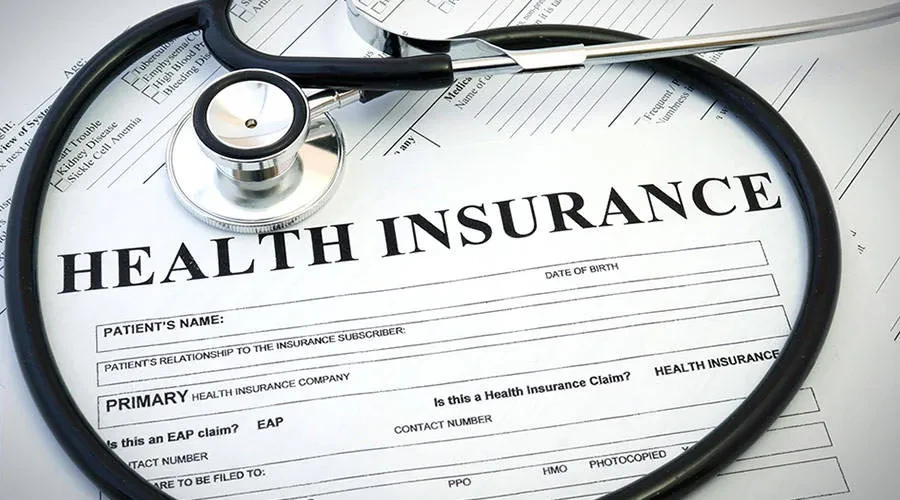As emergency and urgent care healthcare professionals, it is easy to take our knowledge of the industry for granted. We often forget that for those who don’t work in the industry, basic knowledge of the healthcare system is anything but common. It’s surprising that most Americans know very little about how their own health insurance actually works. Whether it is related to medical billing for emergency rooms, urgent care, or other physician billing services, patients often do not understand the most basic health insurance payment terminology and how that relates to their out-of-pocket costs. A recent study by the American Institutes for Research found that only 9% of Americans understand the most basic healthcare terms such as “deductible,” “co-insurance,” and “premium.” That is an astounding number of patients who are uninformed when it comes to their healthcare coverage.
Many people believe that medical billing for emergency rooms and other facilities pays all of their costs. They see health insurance as a way to go to the doctor, emergency room or hospital and not have to pay anything for the visit. Only a portion of patients understand that health insurance often requires a copayment that must be made at the time of service. An even smaller portion of patients understand that they may have a balance due once the claim has been processed by their insurance. This disparity between what patients think their insurance coverage entails and what the actual benefits are can lead to confusion when the bill arrives. This is why it is imperative that emergency department and urgent care staff do not unintentionally misinform patients about their amounts due. Most patients will ask what they will end up owing for their visit when they are seen for services. When facility staff do not clearly express the correct information in verbiage that the patient understands, it is easy for the patient to leave thinking that their copayment is the only amount they will need to pay.
Part of a facility’s role in handling medical billing for emergency rooms and urgent care centers is to educate patients about the billing process and what to expect. At the time of service, a patient has a copayment amount to be paid up front as per their insurance plan, but this is not a payment in full for the visit. Post visit, the claim will be submitted to their insurance company for processing and payment. At that point, the insurance will process the claim as per the patient’s benefit plan, and depending on their benefits, they may receive a bill for the service provided.
The deductible and co-insurance amounts that a patient is responsible for are contractual amounts between the insured and the insurance company. Unfortunately, many times when a patient receives a bill from the facility, they get upset and assume they are being overcharged or double-billed. This is because they do not understand the process for medical billing in emergency rooms and urgent care – where billing for episodic healthcare services are often quite different from their usual doctor visits. Patients need information that explains that these additional amounts due are related to the difference between what the insurance company pays based on the Explanation of Benefits, deductibles, co-insurance, and the patient’s total bill. Once the Explanation of Benefits is received along with payment from the health insurance company, the patient is then responsible for any remaining amount that was not paid at the time of service.
Ultimately, there are simply too many factors to estimate the total cost of a visit at the time of service. Factors that affect a patient’s bill are: specific services provided, the patient’s individual benefits, if the patient’s deductible has been met, and if the patient has met their out-of-pocket max for the year are all unknown. Without all of this information, it is impossible to give an accurate estimation of what their final bill will be.
Finally, once the bill is received, the responsibility falls on us as a billing company to clearly communicate to the patient the amount they owe and why. With the right knowledge and education on our side, the uninformed can become the informed. We all want to know what we are paying for and why, regardless of the situation. There is no doubt that patients and facilities will benefit from improved information related to medical billing for emergency rooms and urgent care.
360 Medical Billing Solutions has a highly trained staff of employees who are available to answer patient calls and help ease the anxiety patients may feel once they receive a medical bill. The quality service provided at the facility does not end until the final bill is paid, so it is imperative that patients are helped throughout the entire process.







